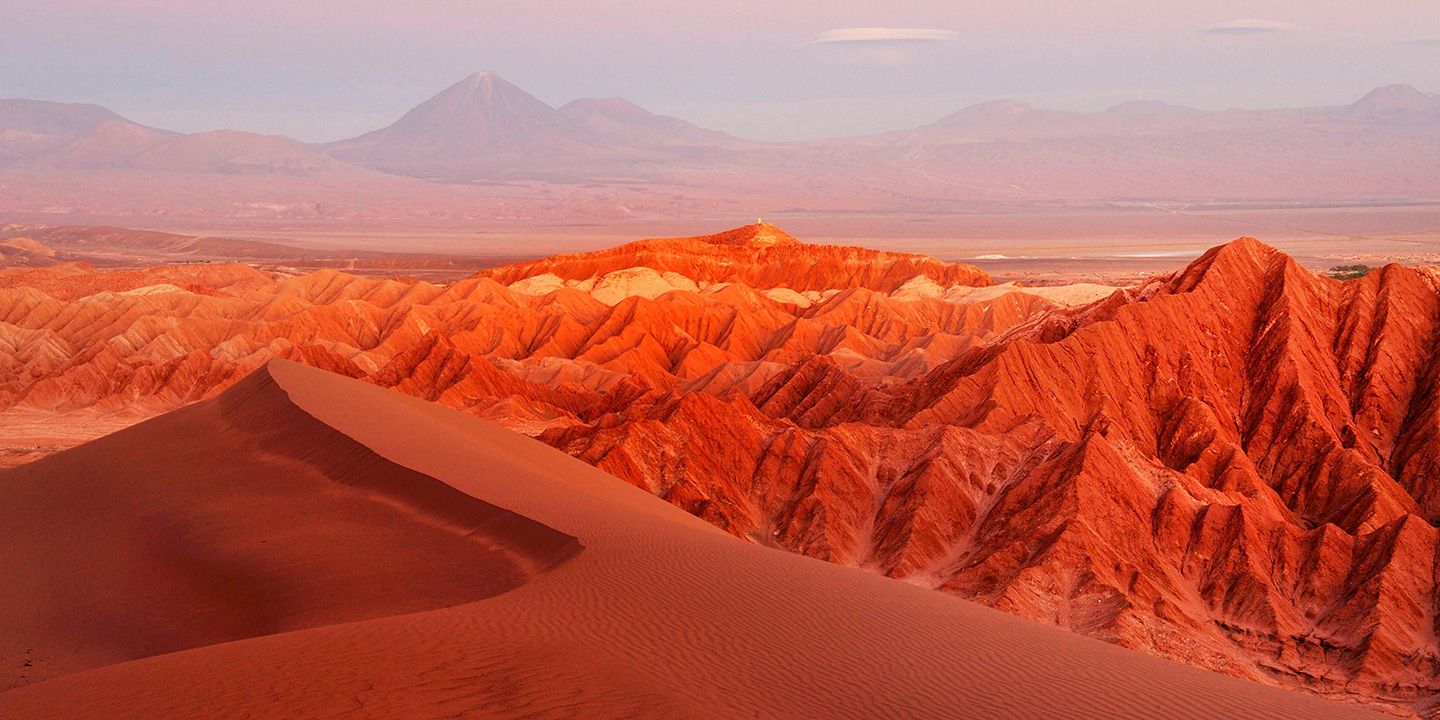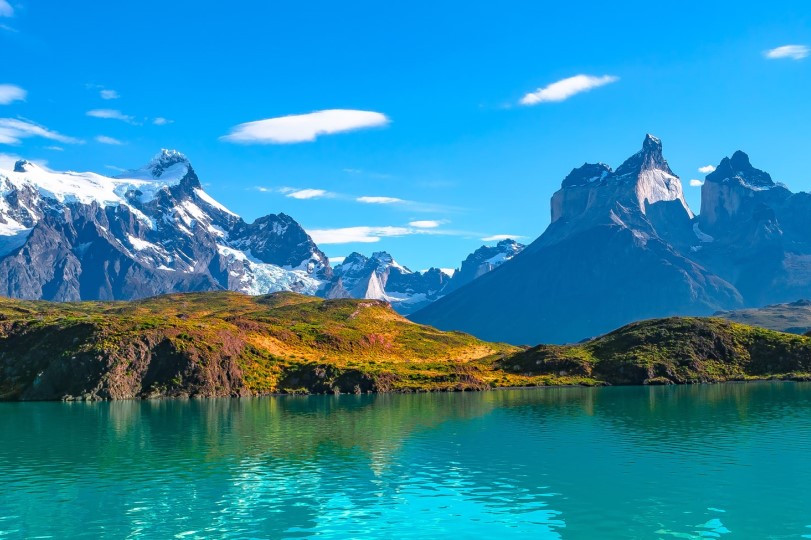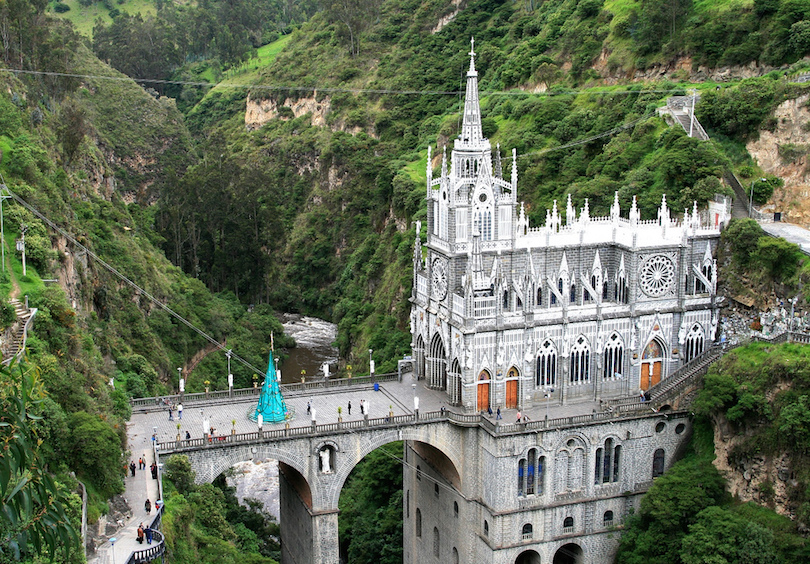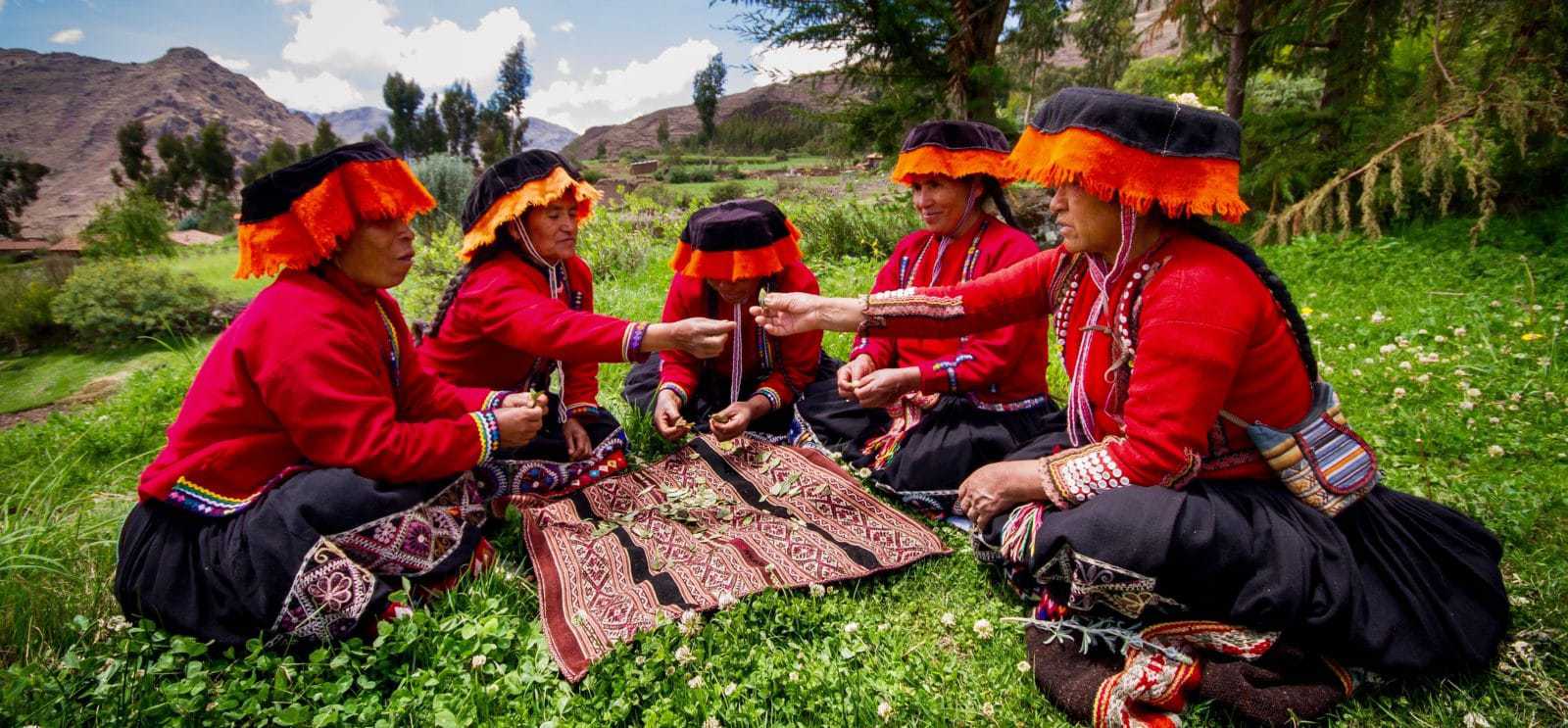RIO DE JANEIRO, BRAZIL – South America declares itself ready to make the cash register of its injured economy ring again through the reactivation of tourism, a competition that looks to be fierce and that will take place even in the midst of the hard battle that the region is fighting against the coronavirus.
In a first step to making their offer known to the world’s tourists, representatives from Brazil, Chile, Argentina, and Peru met with their Colombian counterparts this week at the 40th Tourism Showcase of the Colombian Association of Travel and Tourism Agencies (Anato), which is being held until Friday in Bogotá.

In what is the first fair to be held in Latin America since “normality” changed in 2020 due to the pandemic, it became evident that the engines of reactivation are already on. Proof of this is that, to date, these five countries have applied 124,651,417 doses of vaccines against Covid-19, according to the Pan American Health Organization (PAHO).
Brazil wants to make tourism its engine
Brazil received 6.3 million international tourists in 2019, of which 3.6 million came from South American countries. Recently, the Minister of Tourism, Gilson Machado Neto, told journalists that the sector, which employs 7 million Brazilians, has the capacity to grow more and become the “engine of the economy”.
To shake off the losses, the second hardest hit country by the virus in terms of number of deaths is finalizing the details to reopen the doors of its 45,000 hotels and thereby reduce the historical slump in tourism activities, which reached 36.7% in 2020.
In this sense, Thiago Marques, marketing coordinator of the state of Ceará, one of Brazil’s most internationally known regions for the beauty of its beaches, considered it important to know that “although almost everything is working in the country, there are rules.”
Depending on the pandemic figures and the situation in each state, hotels, parks, and restaurants “have a capacity of 50% in some cities and 80% in others, and it is the same with the time until which they can be open because although we need the reactivation we have to give confidence and security to the visitor,” he said.
Chile, calm for the return
Chile has become a world model for having one of the highest vaccination rates with more than 9.2 of its 19 million inhabitants with the complete inoculation scheme. However, as the director of ProChile in Colombia, Marcela Aravena, acknowledged, “although it is tremendously important to reactivate tourism”, today the country is “open but with certain health entry restrictions”.
In this respect, she clarified that “as tourists must spend about 10 days in quarantine and we know that this is not of much interest, everything is ready for when the time comes when it is more attractive for them to travel”.

While the coronavirus subsides, the country is getting ready to be 100% open to receiving the nearly 5 million visitors that come to Chile every year.
In 2022, Aravena added, “we will see the fruits of a series of international face-to-face activities in which representatives of our country have participated to promote tourism and with which we hope to increase the total figure by 5%”.
Those who choose Chile as a destination will be offered, among other attractions, the Torres del Paine, in the south; the wine routes in the center; and the Atacama Desert, the driest in the world, in the north.
Argentina, leader of the reactivation
Ricardo Sosa, Executive Secretary of Argentina’s National Institute for Tourism Promotion, stated that his country wants to “lead the reactivation of tourism in Latin America”.
In Spain, while participating in Fitur, “the companies advised us that there is a contained demand for the whole region, so we are working with a medium and long term view”, he assured.

Argentina was present at Anato as a guest of honor and with its head held high after achieving recognition at the Spanish fair for the campaign it carried out during the summer season, where more than 15 million tourists were mobilized internally without massive outbreaks of contagion.
Colombia, ready to return to record figures
2019 was a year of record figures for tourism in Colombia. The number of non-resident visitors arriving in the country was 4,515,932, a growth of 2.7% compared to 2018.
Despite this, “we have faced an unprecedented situation in which we were forced to act promptly to find relief that allows travel agencies to subsist and keep their businesses afloat,” said the Minister of Commerce, Industry and Tourism, María Ximena Lombana.
A survey conducted by Anato showed that companies had reduced the number of employees by 36%.

To move forward, the sector follows the indications of the Ministry of Health. It is clear that “the attraction of foreign tourists will depend not only on the progress of vaccination in Colombia but also on what happens in their countries,” said the official.
For now, the “Variation Analysis of Hotel and Aviation Rates”, conducted by the consulting firm KPMG, shows that “there is a strengthening of opportunities in quiet trips, without meeting schedules and that connect the traveler with the destination, in addition to micro-vacations and spaces that allow working and traveling at the same time.”
Peru sets the standard in biosecurity
According to Peru’s Ministry of Foreign Trade and Tourism projections, 1.37 million tourists are expected to arrive by the end of 2021, and by 2022 the figure is expected to rise to 1.94 million.
In addition to the pleasure of its thousand-year history, about 30 destinations have the Safe Travels seal, from the World Travel and Tourism Council, which certifies that they comply with all international standards of hygiene and biosafety.
Thus, according to Soledad Campos, director of PromPerú for Colombia, the coronavirus has made the sector resilient and “has led to rethinking it more safely and sustainably.”

This, she said, “will be reflected in a safe and reliable travel experience, respecting biosecurity protocols and working hand in hand with the private sector, so that the entire chain recovers its recognized level of work” and welcomes foreigners with open arms when they decide to travel to South America.
Source: efe

